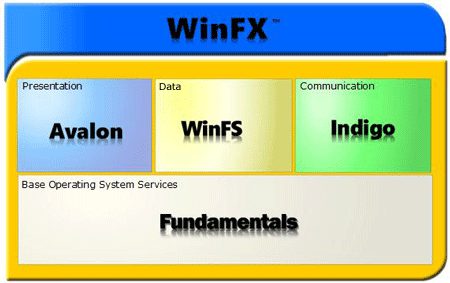
| Living
La Vida Longhorn (Live the Longhorn life) Piyush Vaishanani |
 |
|
Longhorn,
and the underlying technologies it brings together, comes as a
result of the industry's need to take another look at what
we've come to expect from our computers, making radical
changes when necessary, while still making sure that existing
managed and unmanaged applications and components continue to
work. Based
on the .NET Framework First
and foremost, while Windows Server 2003™ embraced managed
code by being the first operating system to ship with the .NET
Framework preinstalled, Longhorn is the first operating system
whose major new features are actually based on the .NET
Framework. This
focus on the managed .NET Framework means that to prepare for
your Longhorn applications of tomorrow, you should be writing
managed code today. In
addition, you should be paying particular attention to the
Code Access Security (CAS) model. CAS will be the core
security model for the new features, so embracing that model
today will help you prepare. The
Pillars of Longhorn The
amount of new technology that's going into Longhorn is so
large that it's broken up into pillars, as shown in Figure 1.
Figure
1. The pillars of Longhorn A
pillar is a set of functionality provided in WinFX, which is
the name for the newest API set in Windows. The pillars that
implement WinFX represent the most fundamental advances in the
Windows platform in a decade:
Additionally,
Longhorn will include many other new features, including:
|
|
